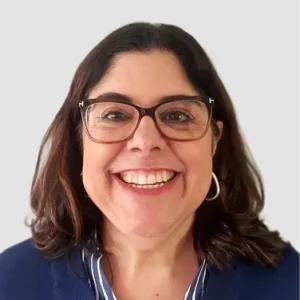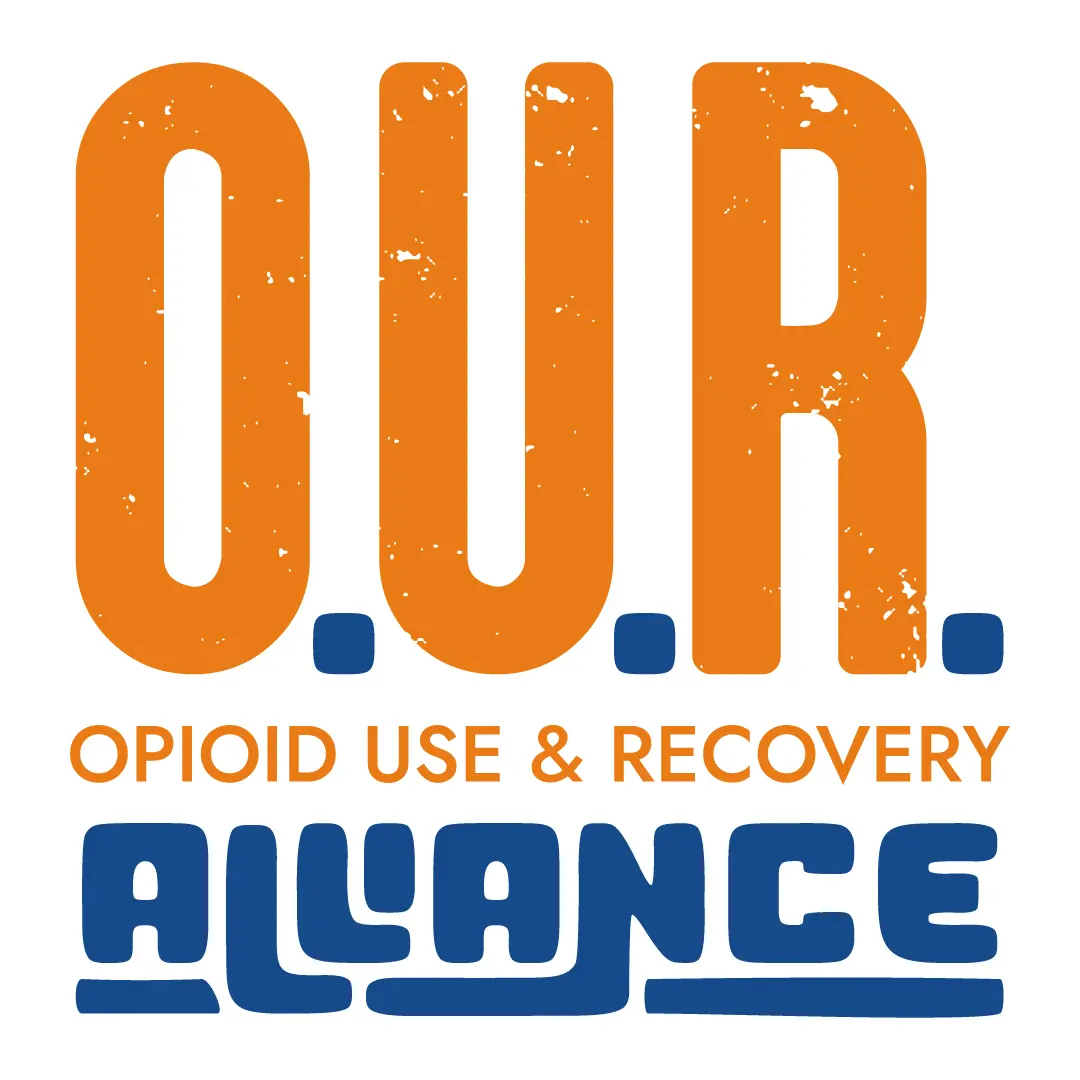Compassion & Action: 5 Practical Tips to Help Healthcare Professionals Talk to Patients About Opioid Misuse

Even for the most experienced health care professionals, starting a conversation about opioid misuse can feel like walking a tightrope. While stigma, legal concerns, and clinical uncertainty are well-known barriers, other factors like fear of damaging trust, time constraints, or simply not knowing how to begin can make these conversations even more difficult. But they don’t have to be. With the right tools and a thoughtful approach, health case providers can turn uncomfortable moments into opportunities for connection and care.
A few simple, evidence-based techniques can help clinicians across all specialties talk about opioid use with greater confidence, clarity, and compassion. Here are five practical tips to help:
1. Words Can Harm or Heal
It’s important to remember that words have power. Using person-first language like “a person with opioid use disorder” instead of terms like “addict” or “drug abuser” can help patients feel respected and understood. This slight shift can help patients feel respected and reduce the shame that often keeps them from seeking help.
Consider taking the NIDA Your Words Matter CME/CE course to learn how language impacts care and recovery; what terms to avoid (and what to say instead), and how to make your clinical space stigma-free.
2. Practice Cultural Humility
Every patient brings a unique set of experiences to the conversation. Taking the time to learn their background, values, and recovery goals helps build stronger relationships and better outcomes. Practicing cultural humility means reflecting on your own biases, being open to different perspectives, and creating a more inclusive clinical environment. Learn more: Think Cultural Health: Education for Physicians
3. Start With a Simple Screening
One way to start the conversation is through routine screening. This normalizes the topic and gives patients a chance to share on their terms. Tools like the NIDA Tobacco, Alcohol, Prescription medication, and other Substance use (TAPS) Tool help quickly screen for opioid and other substance use with just a few questions.
4. Know When to Talk About Treatment Options
If opioid misuse is present, don’t shy away from discussing treatment even if the patient isn’t ready to commit. Medications like buprenorphine and methadone are proven to reduce cravings and prevent overdose. Letting patients know these options exist can plant a seed for future action. Check out these resources to learn more:
- NIDA: Medication Treatment for Opioid Use Disorder
- SAMHSA: Provider Information on Treatment Options
5. Be Ready to Talk About Pain
Discussing pain management, especially when opioids are involved, can be sensitive. Training programs like the CORE-REMS Pain Management Curriculum offer ways to approach these conversations with empathy while emphasizing safety.
Bottom line: You don’t need to have all the answers to start the conversation. With these tools and a compassionate approach, you can help patients feel seen, supported, and empowered to take the next step.
Interested in learning more about O.U.R. Alliance or addressing the needs of your community with an opioid education campaign? Email us at: ouralliance@cmrignite.com or schedule a Strategy Session with an Alliance SME.
ABOUT THE AUTHOR

Michelle Corbin, MBA
Stay Ahead in the Fight Against Opiods.
Get expert insights, trend analysis, and proven solutions from top voices in opioid prevention, treatment, and recovery.
